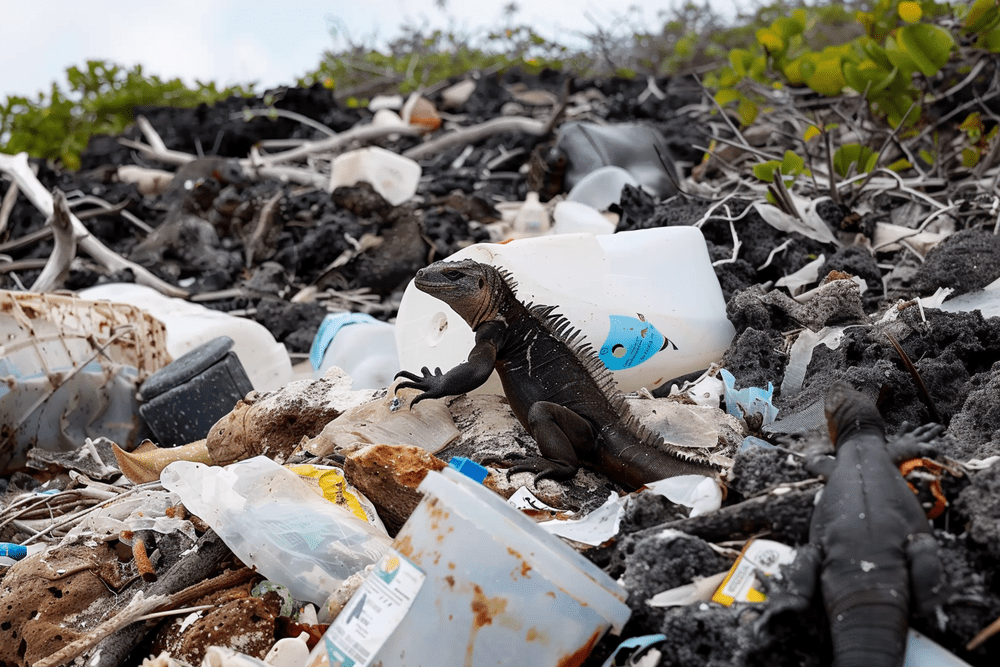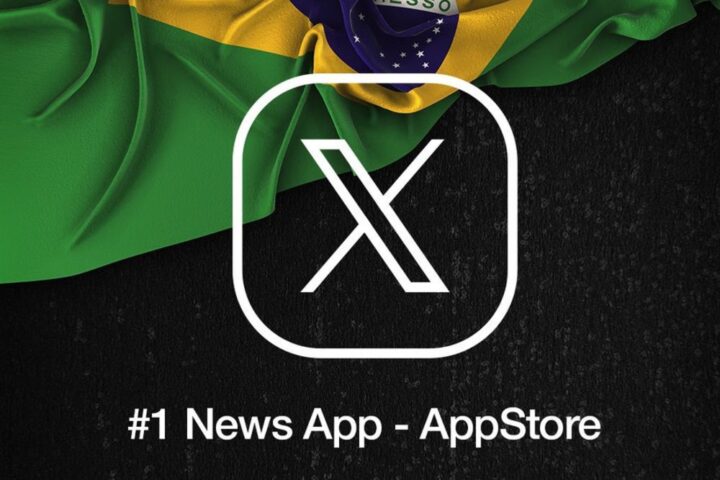According to the environmental organization Ecoagents, crew members of Chinese ships arriving to fish near the Galápagos Islands are throwing garbage into the sea. This waste has reached the shores of the islands of the archipelago, home to unique species in the world that are now threatened. Ecoagents, which claims to be committed to biodiversity preservation and ecosystem defense, has indicated that for over a decade, residues and plastic bottles with Chinese labels have been found on the islands’ coasts, a sign that these were recently thrown into the sea.
These practices have generated a pollution epidemic, affecting endemic species like marine iguanas, flamingos, and penguins, forcing them to abandon their traditional nests and fight for new territories, or even facing extinction. Fabián Lliguin, founder of Ecoagents, emphasized the importance of Asian fleet captains demanding their crew members to properly dispose of trash, as is done in other parts of the world.
More than ten years ago, Lliguin started forming groups of artisanal fishermen to catch and remove plastics on the Santa Cruz and Isabela islands, removing approximately 160 tons of waste per year. However, plastics continue to arrive on the shores, continuing the destruction of nests and mating areas of endangered species.
Similar Posts
In July 2022, the then Minister of the Environment, Gustavo Manrique, stated that 99% of the recyclable waste collected in the Galápagos Islands comes from countries in Asia and Latin America. A study by the Ministry of the Environment showed that, although some waste comes from Peru and Ecuador, most come from Asian vessels fishing in international waters. The study provided sufficient evidence to suspect that the waste comes from Chinese boats fishing for giant squids in Ecuador. Smaller amounts of waste also come from Argentina, Chile, and Peru.
This occurs despite the fact that ships operating in international waters off the Galápagos Exclusive Economic Zone are prohibited from throwing any type of plastic into the sea. However, bottles, oil cans for ships, and jute sacks with Asian characters, mainly Chinese, have been found piled up on the beaches of the archipelago, indicating that waste is being thrown into the sea. Of the total waste that reaches the Galápagos, 16% comes from the international area and only 1% corresponds to waste produced in the insular area, located 1,000 km off the coast of Ecuador, according to information from the Ministry of Environment of Ecuador in 2022.


















